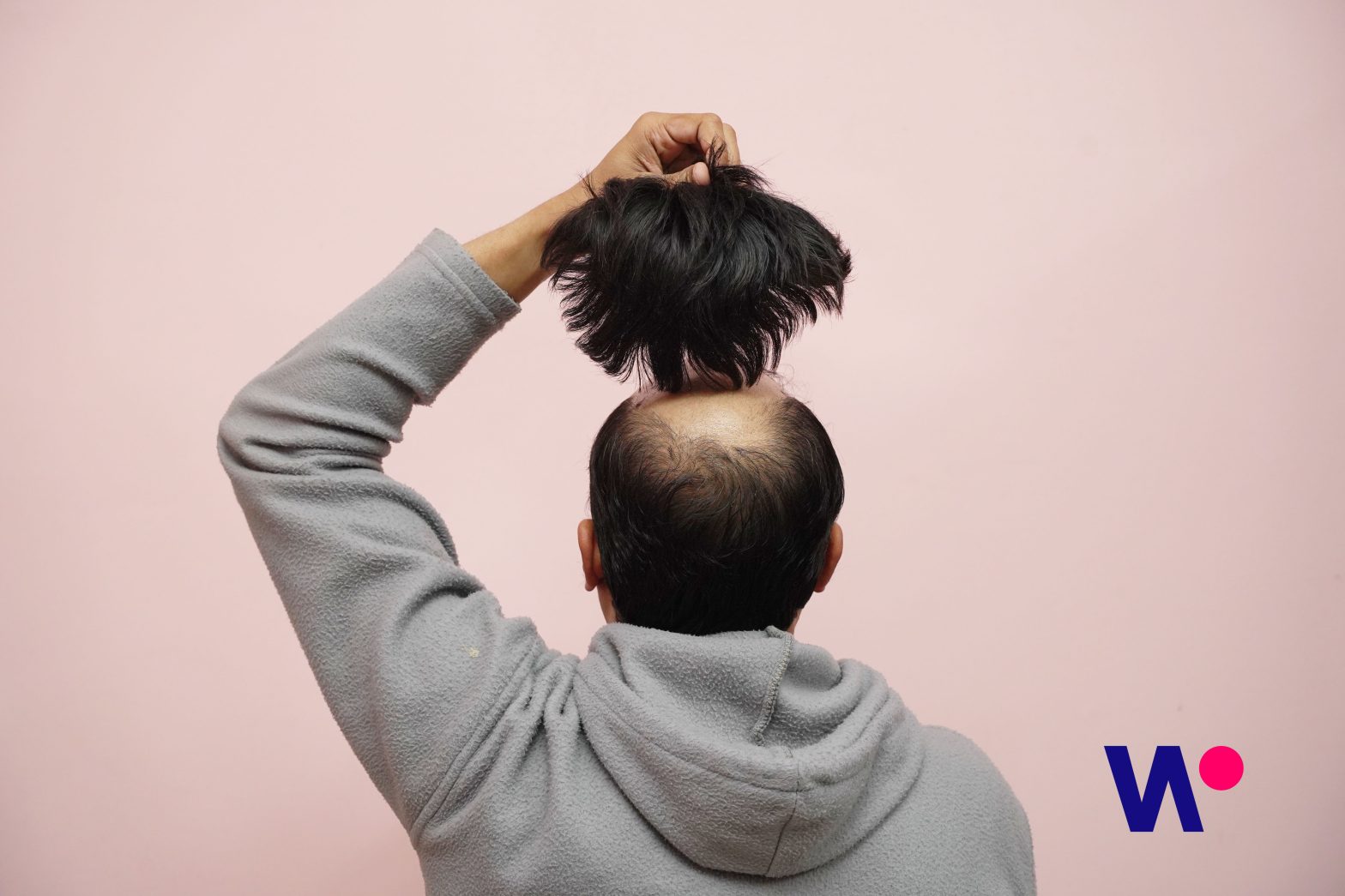719.867.5389
719.867.5389

Hair loss is an unpleasant but common affliction that can affect up to 85% of men at some point in their lives. There are many different reasons for persistent hair loss, including:
It can sometimes be challenging to determine the exact cause of hair loss, but fortunately, there are treatments available that can help prevent it from worsening. While medications like Propecia and Finasteride do not regrow hair, they can stop more from falling out over time and help you regain your confidence.
Propecia is the brand-name version of the generic drug Finasteride, which is the active ingredient in both drugs. Although they are relatively similar, there are a few differences between the two medications.
This drug targets male pattern baldness and helps prevent hair loss on the crown and scalp. As it works, it reduces the amount of the hormone DHT in the body. In turn, this slows hair loss and helps hair regrow in places it’s fallen out. Interestingly enough, it does not affect hair on any part of the body besides the scalp.
Propecia is made up of a variety of ingredients, including some binding agents and inactive ingredients that are not in Finasteride. It is not meant for women or children. If you stop taking Propecia, you may notice hair loss again within 12 months.
Finasteride is not all that different from Propecia. It treats male-pattern baldness and benign prostatic hyperplasia (BPH), which is caused by an enlarged prostate. It works by blocking the enzyme 5-alpha-reductase, which converts testosterone into DHT and leads to hair loss. By increasing testosterone in the body, it’s able to stimulate hair growth.
Like Propecia, this drug was formulated for men and should not be used by women or children. It’s also important to remember that it can take up to six months to see results from Finasteride.
Propecia and Finasteride have the same strength and typically come in the same dosage. Doctors will often prescribe 1-milligram tablets in a pack of 28.
The brand-name version Propecia can cost anywhere from $100 to $150 per month, while Finasteride is priced much lower at around $20 to $60 a month. Hair loss treatment is not usually covered by insurance, but you can contact your provider to double-check for benefits.
There is a very low risk of side effects with either Finasteride or Propecia. However, everyone is unique, and people may have drastically different reactions to the same medication.
The most common side effects of Propecia and Finasteride include:
If you experience any of these side effects, contact your healthcare provider.
Determining which medication to try can depend on factors like insurance, dosage, allergies, and more. The best way to choose one is to have a conversation with one of our qualified doctors, who can help you on your journey to better hair.
To learn more about hair loss treatment, set up an appointment with us today.
Simplify your skincare routine with science-backed, effective products recommended by the Dosepop medical team.



